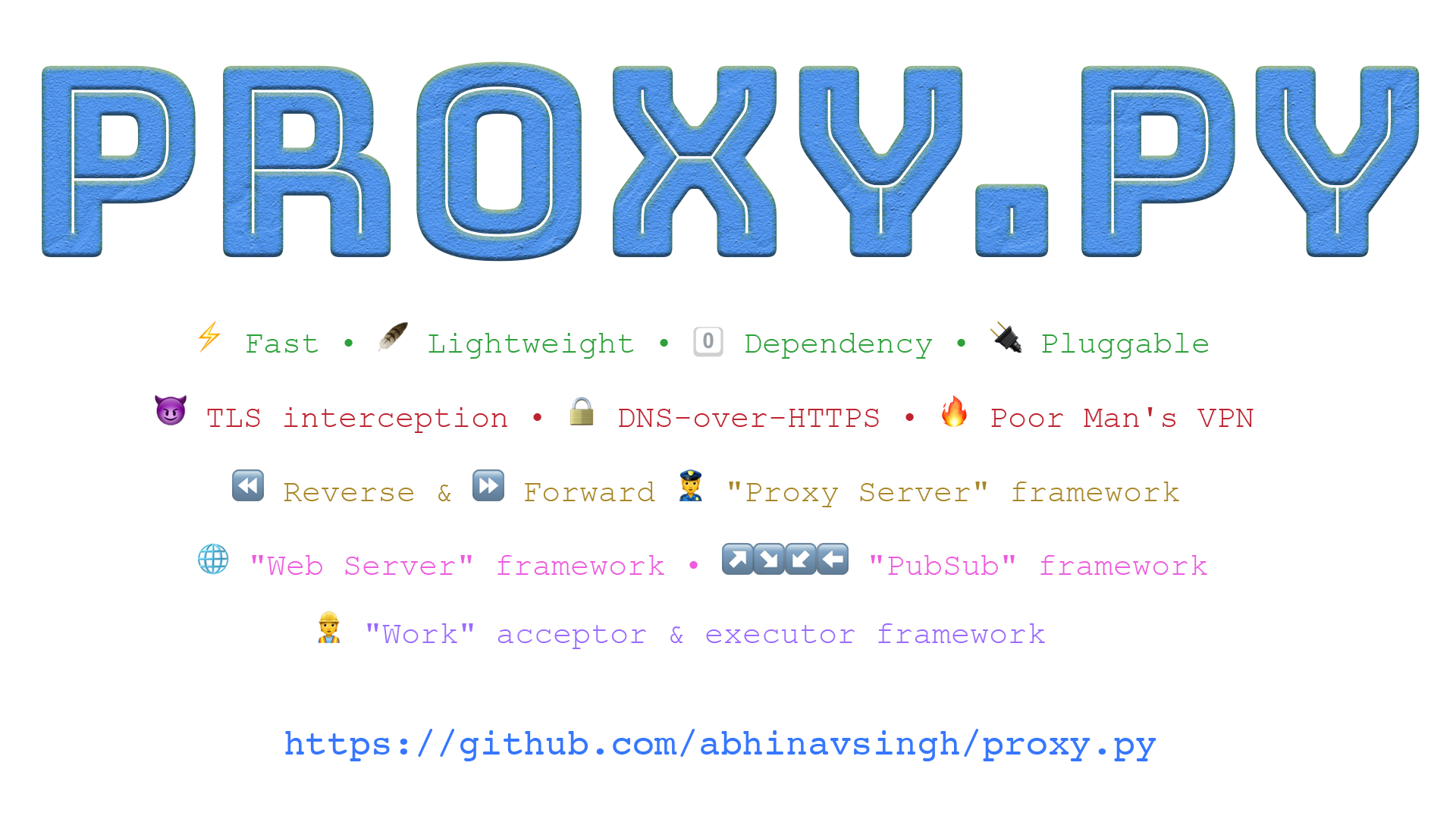A 2D Visual Localization Framework based on Essential Matrices
This repository provides implementation of our paper accepted at ICRA: To Learn or Not to Learn: Visual Localization from Essential Matrices
To use our code, first download the repository:
git clone [email protected]:GrumpyZhou/visloc-relapose.git
Setup Running Environment
We have tested the code on Linux Ubuntu 16.04.6 under following environments:
Python 3.6 / 3.7
Pytorch 0.4.0 / 1.0 / 1.1
CUDA 8.0 + CUDNN 8.0v5.1
CUDA 10.0 + CUDNN 10.0v7.5.1.10
The setting we used in the paper is:
Python 3.7 + Pytorch 1.1 + CUDA 10.0 + CUDNN 10.0v7.5.1.10
We recommend to use Anaconda to manage packages. Run following lines to automatically setup a ready environment for our code.
conda env create -f environment.yml # Notice this one installs latest pytorch version.
conda activte relapose
Otherwise, one can try to download all required packages separately according to their offical documentation.
Prepare Datasets
Our code is flexible for evaluation on various localization datasets. We use Cambridge Landmarks dataset as an example to show how to prepare a dataset:
- Create data/ folder
- Download original Cambridge Landmarks Dataset and extract it to $CAMBRIDGE_DIR$.
- Construct the following folder structure in order to conveniently run all scripts in this repo:
cd visloc-relapose/ mkdir data mkdir data/datasets_original cd data/original_datasets ln -s $CAMBRIDGE_DIR$ CambridgeLandmarks - Download our pairs for training, validation and testing. About the format of our pairs, check readme.
- Place the pairs to corresponding folder under data/datasets_original/CambridgeLandmarks.
- Pre-save resized 480 images to speed up data loading time for regression models (Optional, but Recommended)
cd visloc-relapose/ python -m utils.datasets.resize_dataset \ --base_dir data/datasets_original/CambridgeLandmarks \ --save_dir=data/datasets_480/CambridgeLandmarks \ --resize 480 --copy_txt True - Test your setup by visualizing the data using notebooks/data_loading.ipynb.
7Scenes Datasets
We follow the camera pose label convention of Cambridge Landmarks dataset. Similarly, you can download our pairs for 7Scenes. For other datasets, contact me for information about preprocessing and pair generation.
Feature-based: SIFT + 5-Point Solver
We use the SIFT feature extractor and feature matcher in colmap. One can follow the installation guide to install colmap. We save colmap outputs in database format, see explanation.
Preparing SIFT features
Execute following commands to run SIFT extraction and matching on CambridgeLandmarks:
cd visloc-relapose/
bash prepare_colmap_data.sh CambridgeLandmarks
Here CambridgeLandmarks is the folder name that is consistent with the dataset folder. So you can also use other dataset names such as 7Scenes if you have prepared the dataset properly in advance.
Evaluate SIFT within our pipeline
Example to run sift+5pt on Cambridge Landmarks:
python -m pipeline.sift_5pt \
--data_root 'data/datasets_original/' \
--dataset 'CambridgeLandmarks' \
--pair_txt 'test_pairs.5nn.300cm50m.vlad.minmax.txt' \
--cv_ransac_thres 0.5\
--loc_ransac_thres 5\
-odir 'output/sift_5pt'\
-log 'results.dvlad.minmax.txt'
More evaluation examples see: sift_5pt.sh. Check example outputs Visualize SIFT correspondences using notebooks/visualize_sift_matches.ipynb.
Learning-based: Direct Regression via EssNet
The pipeline.relapose_regressor module can be used for both training or testing our regression networks defined under networks/, e.g., EssNet, NCEssNet, RelaPoseNet... We provide training and testing examples in regression.sh. The module allows flexible variations of the setting. For more details about the module options, run python -m pipeline.relapose_regressor -h.
Training
Here we show an example how to train an EssNet model on ShopFacade scene.
python -m pipeline.relapose_regressor \
--gpu 0 -b 16 --train -val 20 --epoch 200 \
--data_root 'data/datasets_480' -ds 'CambridgeLandmarks' \
--incl_sces 'ShopFacade' \
-rs 480 --crop 448 --normalize \
--ess_proj --network 'EssNet' --with_ess\
--pair 'train_pairs.30nn.medium.txt' -vpair 'val_pairs.5nn.medium.txt' \
-lr 0.0001 -wd 0.000001 \
--odir 'output/regression_models/example' \
-vp 9333 -vh 'localhost' -venv 'main' -vwin 'example.shopfacade'
This command produces outputs are available online here.
Visdom (optional)
As you see in the example above, we use Visdom server to visualize the training process. One can adapt the meters to plot inside utils/common/visdom.py. If you DON'T want to use visdom, just remove the last line -vp 9333 -vh 'localhost' -venv 'main' -vwin 'example.shopfacade'.
Trained models and weights
We release all trained models that are used in our paper. One can download them from pretrained regression models. We also provide some pretrained weights on MegaDepth/ScanNet.
Testing
Here is a piece of code to test the example model above.
python -m pipeline.relapose_regressor \
--gpu 2 -b 16 --test \
--data_root 'data/datasets_480' -ds 'CambridgeLandmarks' \
--incl_sces 'ShopFacade' \
-rs 480 --crop 448 --normalize\
--ess_proj --network 'EssNet'\
--pair 'test_pairs.5nn.300cm50m.vlad.minmax.txt'\
--resume 'output/regression_models/example/ckpt/checkpoint_140_0.36m_1.97deg.pth' \
--odir 'output/regression_models/example'
This testing code outputs are shown in test_results.txt. For convenience, we also provide notebooks/eval_regression_models.ipynb to perform evaluation.
Hybrid: Learnable Matching + 5-Point Solver
In this method, the code of the NCNet is taken from the original implementation https://github.com/ignacio-rocco/ncnet. We use their pre-trained model but we only use the weights for neighbourhood consensus(NC-Matching), i.e., the 4d-conv layer weights. For convenience, you can download our parsed version nc_ivd_5ep.pth. The models for feature extractor initialization needs to be downloaded from pretrained regression models in advance, if you want to test them.
Testing example for NC-EssNet(7S)+NCM+5Pt (Paper.Tab2)
In this example, we use NCEssNet trained on 7Scenes for 60 epochs to extract features and use the pre-trained NC Matching layer to get the point matches. Finally the 5 point solver calculates the essential matrix. The model is evaluated on CambridgeLandmarks.
#
python -m pipeline.ncmatch_5pt \
--data_root 'data/datasets_original' \
--dataset 'CambridgeLandmarks' \
--pair_txt 'test_pairs.5nn.300cm50m.vlad.minmax.txt' \
--cv_ransac_thres 4.0\
--loc_ransac_thres 15\
--feat 'output/regression_models/448_normalize/nc-essnet/7scenes/checkpoint_60_0.04m_1.62deg.pth'\
--ncn 'output/pretrained_weights/nc_ivd_5ep.pth' \
--posfix 'essncn_7sc_60ep+ncn'\
--match_save_root 'output/ncmatch_5pt/saved_matches'\
--ncn_thres 0.9 \
--gpu 2\
-o 'output/ncmatch_5pt/loc_results/Cambridge/essncn_7sc_60ep+ncn.txt'
Example outputs is available in essncn_7sc_60ep+ncn.txt. If you don't want to save THE intermediate matches extracted, remove THE option --match_save_root.







